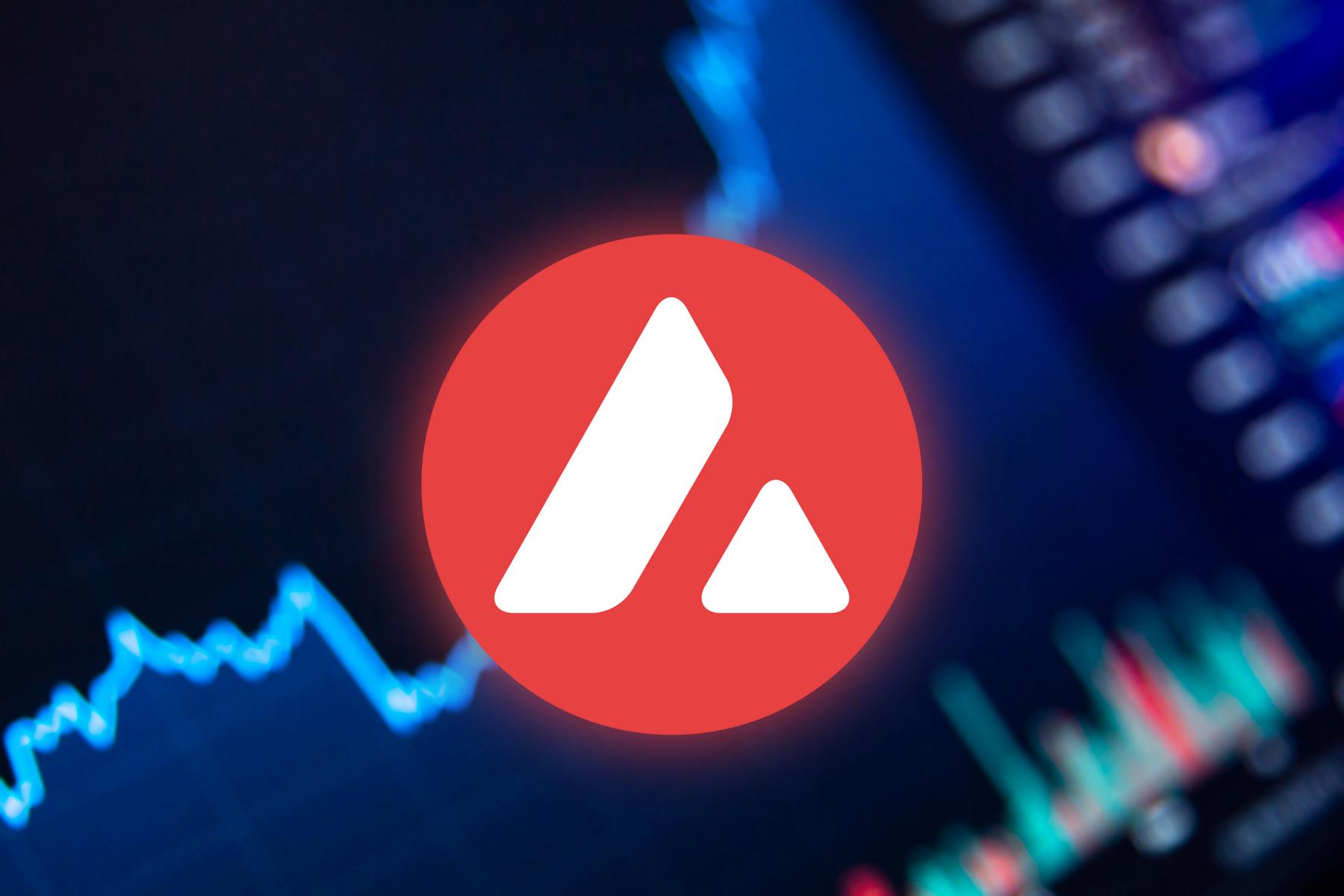- The Avalanche network saw a significant increase in on-chain activity and new user growth in the last quarter of 2023, driven by ASC-20s and meme coins.
- Avalanche’s DeFi sector experienced a rise in Total Value Locked, peaking at $1.53 billion, with notable contributions from protocols like Benqi and Trader Joe.
The Avalanche network has experienced a significant surge in on-chain activity and ecosystem expansion in recent months, despite the recent downturn in its native token’s price, AVAX.
During the last quarter of 2023, Avalanche’s network activity saw remarkable spikes, notably on November 22nd and December 19th, with transaction counts reaching 6.4 million and 6.3 million, respectively. These surges were primarily fueled by the introduction of ASC-20s and a heightened interest in meme coins. This increased activity not only marked sustained growth but also led to a 17.7% increase in new users compared to active users.
January continued this trend, showcasing a 36.4% growth in daily transaction volume compared to October, with numbers rising from 14.1 million to 19.2 million transactions. The growth was in numbers and diversity, with over 249.4k new contracts deployed across various subnets and projects, culminating in a staggering 75.3 million total subnet transactions.
DeFi Landscape on Avalanche
The decentralized finance (DeFi) sector within Avalanche has significantly contributed to its ecosystem’s growth. Starting early Q4 2023, the Total Value Locked (TVL) in the network saw a steady climb, peaking at $1.53 billion on December 21st and maintaining a floor above $1 billion thereafter. This upsurge was propelled by key protocols such as Benqi, Aave, Struct, and Delta Prime, with Benqi Finance alone accounting for over 40% of the network’s TVL at its peak.
Despite a slight decline in overall DeFi activity since the end of 2023, Avalanche’s daily Real World Asset (RWA) market cap witnessed a 44.7% increase from October 2023 to February 2024. Moreover, Trader Joe’s emerged as a dominant force in the Avalanche DeFi scene, outpacing competitors in trading volume.
Avalanche Outage
Additionally, the Avalanche network, particularly its C-Chain, experienced a halt in block production early in the day, causing transactions to freeze and raising concerns among stakeholders. The initial problem, according to Ava Labs co-founder Kevin Sekniqi, was a new inscriptions feature that records data on the blockchain without the need for smart contracts. Because of this feature, block finalization unintentionally stalled, making it impossible for the main network to detect fresh blocks.
Market Reaction and Community Response
Amidst the backdrop of this ecosystem growth, the price of AVAX has faced challenges, showing a significant decline with patterns of lower lows and lower highs in recent days. This price movement contrasts with the network’s on-chain and DeFi expansion, underscoring the complex dynamics in the cryptocurrency markets.
The technical mishap occurred amidst a challenging period for AVAX, which has seen significant fluctuations in its market value. Trading sideways for most of the year, AVAX has struggled to break past the $40 resistance level, fluctuating between yearly lows of $27 and highs of $43. This incident adds to the volatility, with the token’s price taking a hit in the immediate aftermath of the outage.
For investors and swing traders, Avalanche remains a cryptocurrency with potential long-term bullish behavior, although the narrowing gap between its 10-day and 55-day average prices signals a cautious outlook. The recent events serve as a critical reminder of the inherent risks in the crypto market, highlighting the need for ongoing improvements in network stability and security measures.
.
Credit: Source link
































